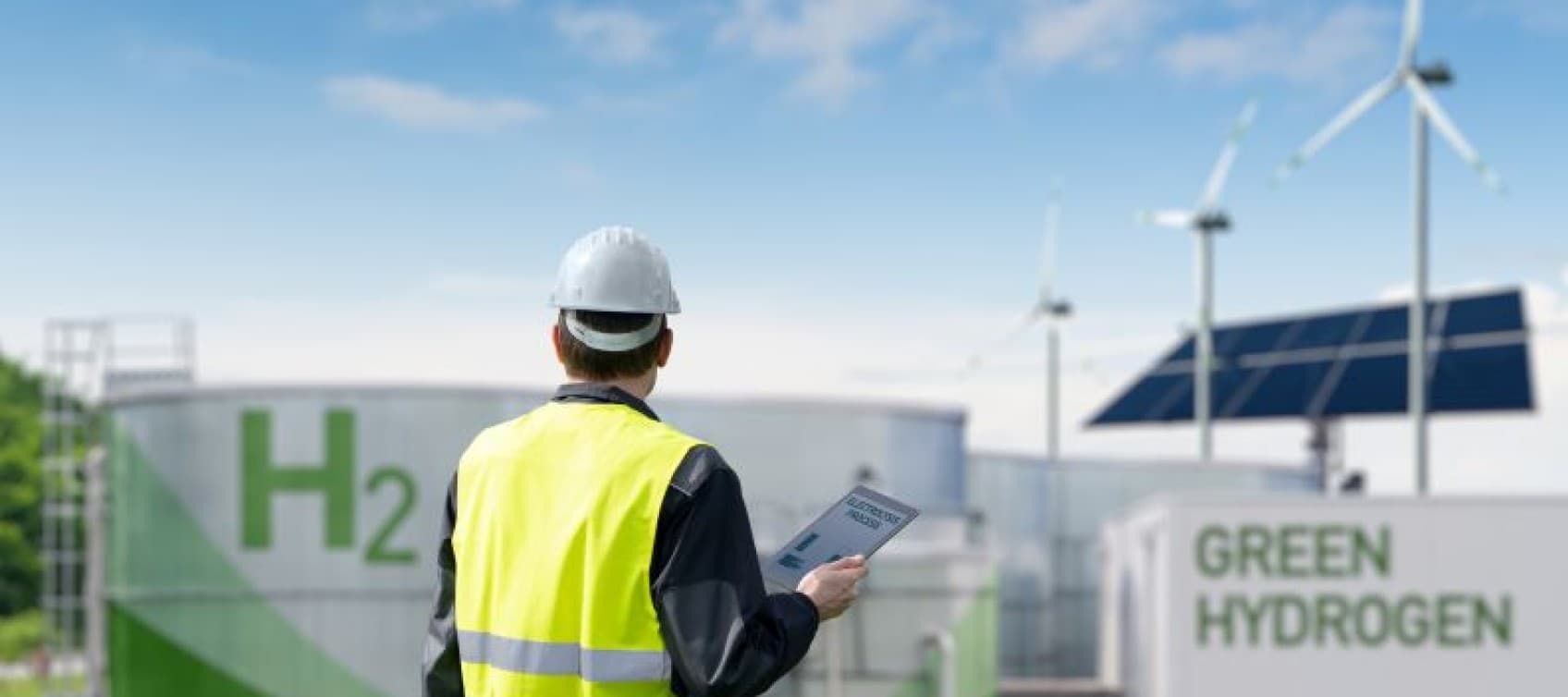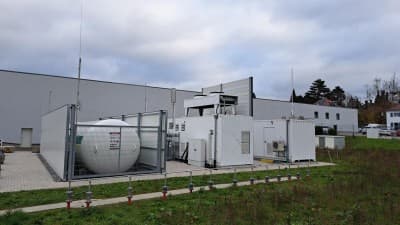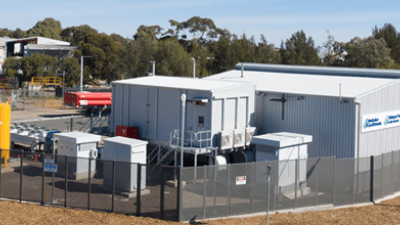As Kiwis, we love the benefits gas brings. Think instant heat, endless hot water, and cooking with a flame. Based in the energy-rich region of Taranaki, Firstgas connects over 300,000 homes and 19,000 businesses and industries, to gas. It also provides back-up to the national electricity grid at peak times and when renewable power is running low so it’s no wonder natural gas is a vital part of Aotearoa New Zealand's energy economy.
The gas used in Kiwi homes currently makes up less than 1% of the country’s total greenhouse gas emissions, while commercial and industrial gas users contribute 8%. It’s not much – but we think we can do better so New Zealand can reach its goal of net zero carbon by 2050.
By blending hydrogen into existing gas networks, it’s possible reduce the carbon emissions associated with gas use by around 7%. That’s why Firstgas Group is investigating renewable gas options like Hydrogen and we’re now working to understand how gas pipelines can support the growth of the hydrogen industry in New Zealand. In 2024 we will be planning to deliver a hydrogen blending trial in a distribution network.
How hydrogen blending works
Hydrogen blending starts small. The first step is an injection of a small amount of hydrogen into the existing natural gas network. Over time, the amount of hydrogen can be increased, up to around 20%, using existing gas infrastructure to supply it to homes and businesses.
While natural gas today provides over 20% of New Zealand’s primary energy supply, hydrogen has the potential to decarbonise more parts of the economy than are currently fuelled by natural gas, such as vehicles like trucks, trains, ferries and planes.
What would change for households?
Our research so far shows that most appliances, from heating to home cooking, won’t be affected by blends of up to 20% hydrogen and for homes using natural gas, nothing needs to change right now.
Existing appliances may not operate at levels of more than 20% hydrogen, so appliances will need to be replaced over time. They would probably be phased in slowly: first, dual hydrogen and natural gas appliances would become available. Then natural gas appliances would stop being sold. Ultimately, hydrogen appliances would become the norm. You can’t buy one yet, but home hydrogen boilers, such at Rennai’s 100% hydrogen boiler launched earlier this year.
One difference would be the colour of your cooking flame: natural gas burns blue, but hydrogen burns yellow-orange. Just like natural gas, hydrogen is naturally colourless and odourless, but an odour and colour would be added for safety.
New Zealand’s hydrogen roadmap
Hydrogen has a vital role to play in decarbonising Aotearoa. MBIE has a vision for Hydrogen in New Zealand, which includes a roadmap for using hydrogen to reduce emissions. It talks about how hydrogen blending will be a medium-term strategy, and why using our existing gas infrastructure could help us reach our emissions goals more quickly.
Here in New Zealand, we already have relatively low emissions from natural gas, at less than half the per capita rate of Australia and less than a third of the USA. Hydrogen blending will help us cut that rate even further, and put us one step further ahead on the path toward net zero.





